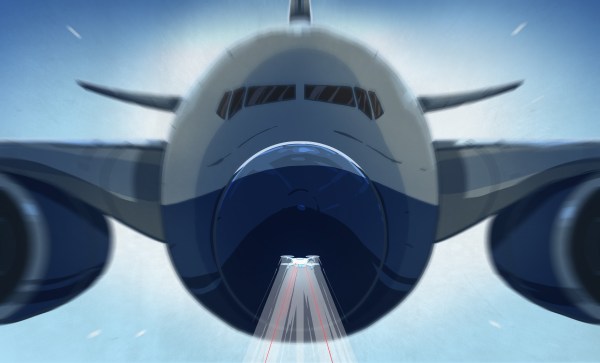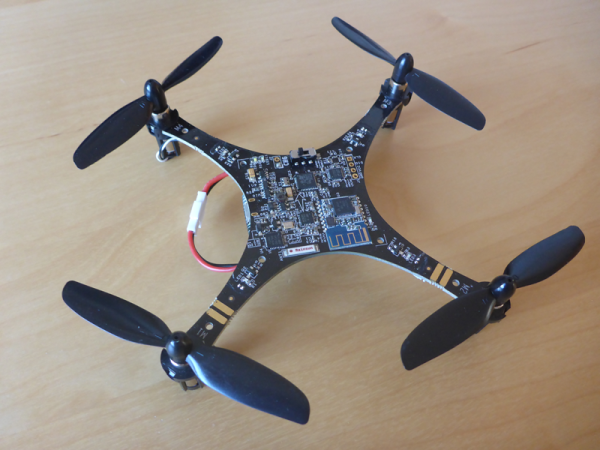As the UK’s aviation regulator, the Civil Aviation Authority is tasked with “making aviation better for those who choose to fly and those who do not”. Their latest plan to further this mission comes in the form of a drone registration tax. The proposal, which is open to online responses until 7 June, seeks to pass on the cost of a drone registration system to those who register themselves.
Proposals for a drone registration scheme have been in the works for a while now, and if enacted it would go into effect on 1 November. Owners of craft weighing more than 250 g (0.55 lbs) would have to fork out £16.50 ($21.50) per year, ostensibly to pay for the administration of the scheme. The CAA are basing this rate on as many as 170,000 people registering. In the US, the FAA has a drone registration program in place that requires registration based on the same 250 g weight guideline, but only charges $5 (£3.82) for a 3-year license, about thirteen times less than the CAA proposal.
Long-time readers will be familiar with our ongoing coverage of the sometimes-farcical saga of drone sightings in British skies. Airports have been closed (and implausible excuses have been concocted), but one thing remains constant: no tangible proof of any drone has yet been produced. Faced with a problem it doesn’t fully understand, the British Government is looking to this registration program.
It goes without saying that people misusing drones and endangering public safety should be brought to justice as swiftly as possible. But our concern is that the scale of the problem has been vastly over-represented, and that this scheme will do little to address either the problem of bogus drone sightings or the very real problem of criminal misuse of drones for example to smuggle contraband into prisons. It’s difficult to think this measure will have an effect on the number of incidents blamed on drones, and the high cost included in the proposal is a troubling burden for enthusiasts who operate responsibly.

















